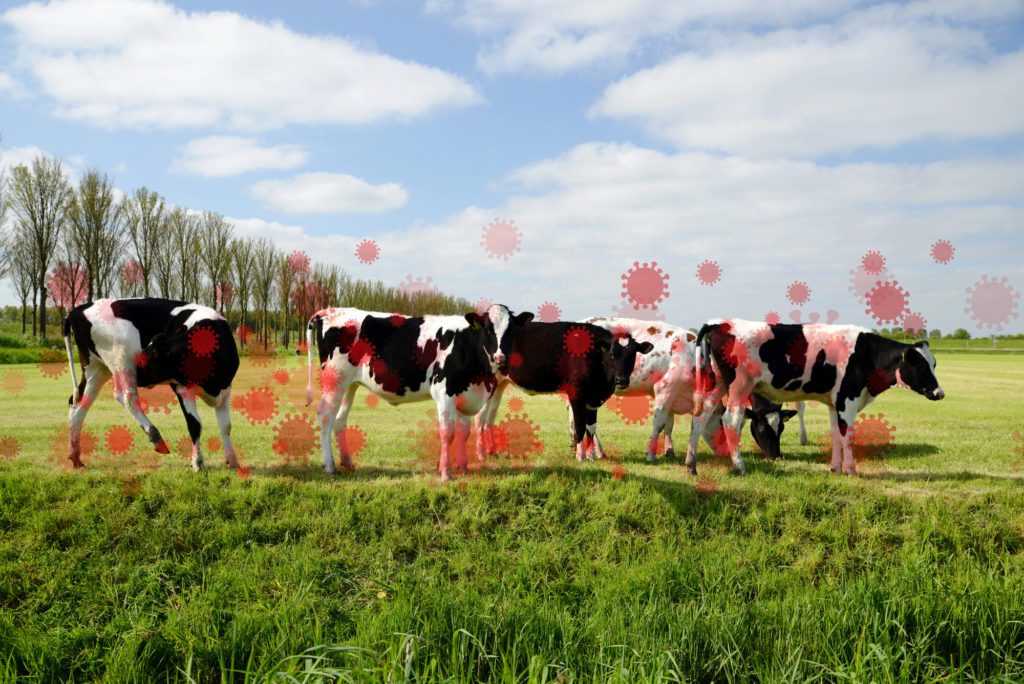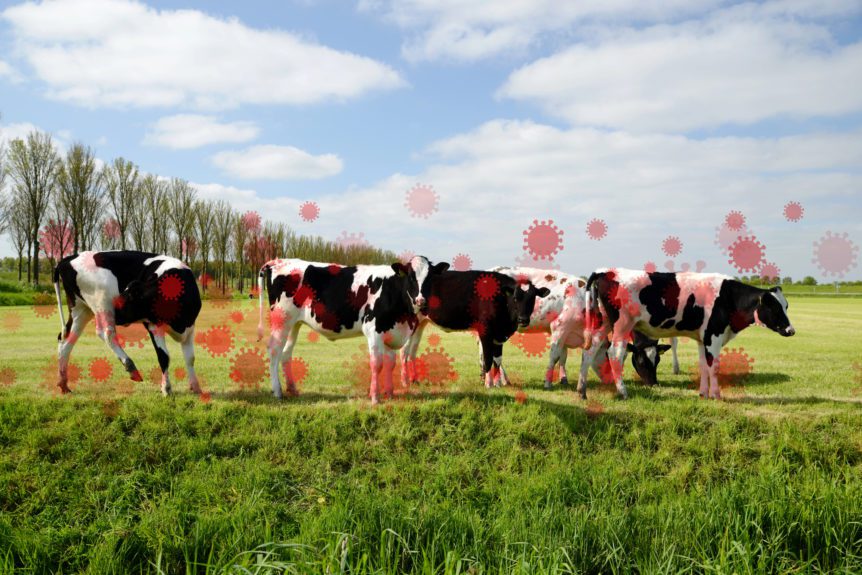Bird Flu Devastates California Dairy Sector

A widespread outbreak of H5N1 bird flu has devastated California’s dairy industry, prompting the U.S. Department of Agriculture (USDA) to distribute over $230 million in emergency relief payments. According to The Los Angeles Times, the highly pathogenic avian influenza has impacted more than 75% of the state’s 1,000 dairy farms since August 2024. The virus has infected cattle and caused severe declines in milk production across the region.
Report by Lorrie Boyer for AgNet West:
Emergency Relief Through ELAP
To help mitigate the losses, the USDA tapped into its Emergency Assistance for Livestock, Honeybees, and Farm-Raised Fish Program (ELAP). Traditionally reserved for farmers impacted by wildfires, droughts, and floods, ELAP was opened to dairy producers in response to the bird flu crisis.
Between November 2024 and June 2025, the USDA made 644 payments to 359 California dairy farms, totaling $231 million in assistance. The average payout per farm was approximately $645,000, with payment amounts ranging from $2,058 to $4.4 million.
More Payments Expected
The USDA anticipates issuing additional payments as more claims are filed and processed. Many of the payouts distributed in May and June 2025 were still related to outbreaks that occurred in 2024, suggesting the full economic toll is still unfolding.
Anja Raudabaugh, Chief Executive Officer of Western United Dairies, the state’s largest dairy trade group, emphasized the critical role this aid has played. “Weathering the storm has only been possible with the assistance of the milk loss payments,” she said. The funding has helped dairy communities and workers remain stable and healthy while the industry awaits approval for a dairy cow vaccine.
Producers Face Steep Losses
Despite the federal aid, individual producers are still facing significant financial challenges. One unnamed farmer reported losses exceeding $2 million in milk income alone. This figure does not include the $250,000 in added care costs—expenses for medications, increased staffing, and veterinary support.
Compounding the hardship is the loss of livestock. Dairy cows that die from the virus cannot produce milk or be sold for meat, adding another layer of financial strain. The average dairy cow costs around $3,500, making each loss a significant setback.
As California’s dairy industry continues to respond to this unprecedented crisis, many are calling for long-term strategies to strengthen the sector’s resilience, including the fast-tracked development and approval of a bird flu vaccine for cattle.










